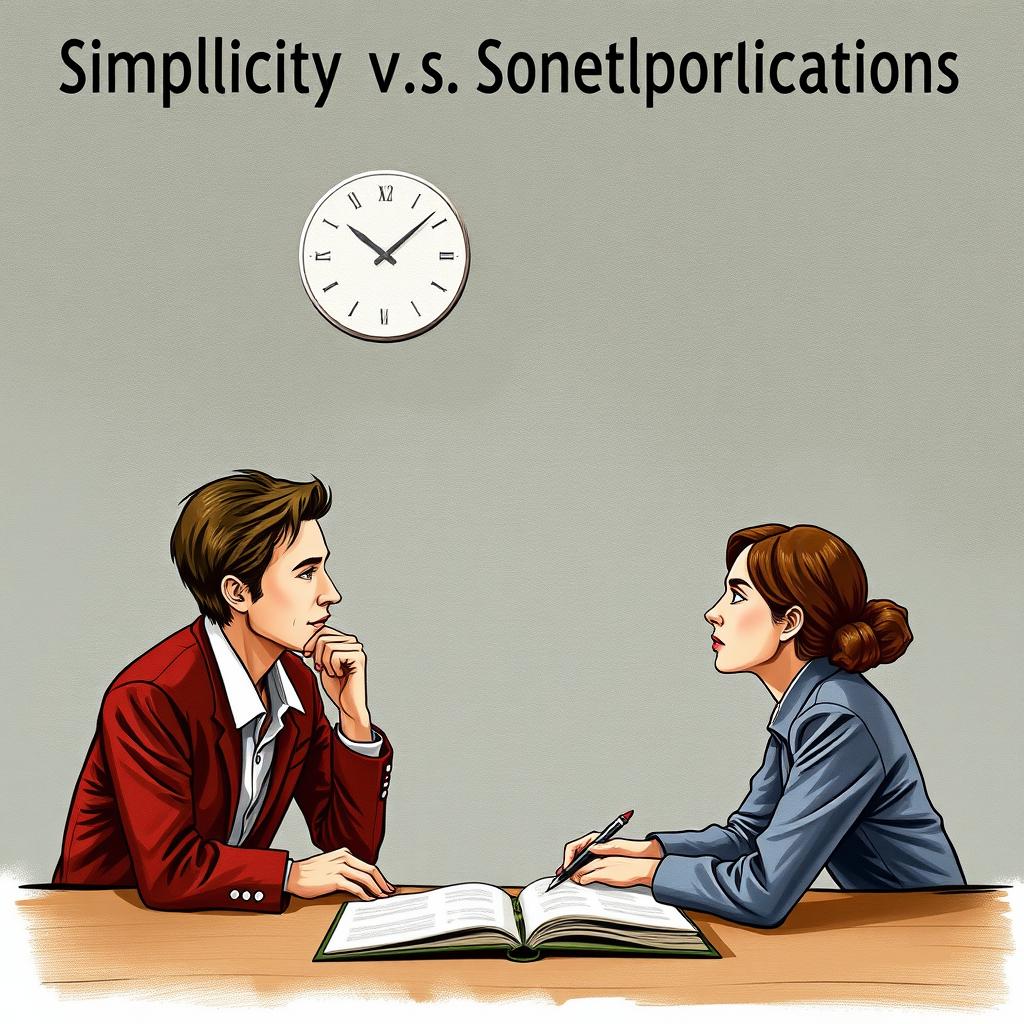The Burnout Paradox: How Overcommunication Can Drain Your Energy and Productivity
Estimated reading time: 7 minutes
- Understand the concept of overcommunication and its detrimental effects on mental health and productivity.
- Learn effective communication strategies to mitigate burnout.
- Discover case studies highlighting successful implementations in various industries.
- Access actionable insights and resources to improve communication practices.
Table of Contents:
Introduction
In our hyper-connected world, the art of communication has evolved into a relentless wave of notifications, emails, and messages vying for our attention. While effective communication is designed to foster collaboration, clarity, and community within a professional context, its excess often leads to a grave conundrum: burnout. The phenomenon of overcommunication, where individuals find themselves inundated with messages and demands for immediate responses, has emerged as a silent enemy within organizations, blurring the boundaries between work and personal life. How can we challenge this narrative that stems from the very tool meant to unite us?
The critical importance of examining this relationship lies in the detrimental effects overcommunication has on both mental health and organizational productivity. Studies indicate that the average office worker receives around 120 emails per day. (The Radicati Group). However, the solution isn’t simply to reduce email volume; we must first understand how it contributes to cognitive overload, chronic stress, and the erosion of employee engagement.
At professionalizeitto.me, we empower organizations and individuals to refine their communication practices, alleviating the burdens of overcommunication while enhancing clarity and purpose. By exploring actionable strategies and insights, we can help break this vicious cycle rooted in the excesses of communication, allowing you to reclaim your productivity, mental well-being, and professional satisfaction.
Examples and Templates
Understanding the detrimental impact of overcommunication begins with examining tangible examples and studying how organizations can implement effective communication strategies that promote a healthy work culture.
Case Study: Company A (Tech Industry)
Company A, a prominent player in the tech industry, suffered a staggering 40% increase in employee burnout rates after mandating constant availability across various communication platforms. However, when they revised their policy to implement ‘focus time’ blocks—specific hours dedicated to uninterrupted work—employee engagement rose, and burnout rates plummeted.
Case Study: Hospital B (Healthcare Sector)
Hospital B witnessed heightened burnout among its nursing staff due to incessant alerts from electronic health records (EHR) systems. By filtering and prioritizing alerts, the organization successfully reduced non-critical notifications, leading to a significant decrease in burnout and enhanced patient care.
Actionable Strategies to Mitigate Burnout from Overcommunication
- Targeted Communication
Action: Segment your audience and tailor messages specifically for roles and responsibilities.
Benefits: Ensure individuals receive only relevant information, reducing cognitive overload. - Channel Optimization
Action: Identify effective communication channels for different groups; use instant messaging for urgent issues and emails for less time-sensitive updates.
Benefits: Improves response rates and limits information overload. - Scheduled Communication
Action: Strategically time messages to align with employee availability, avoiding non-urgent communications after hours.
Benefits: Decreases stress and helps maintain work-life balance. - Centralized Communication
Action: Establish a centralized source of truth, such as an intranet, for all organizational communications.
Benefits: Reduces contradictions and ensures clarity across the board. - Clear Communication Policies
Action: Draft policies outlining response time expectations and guidelines for after-hours communication.
Benefits: Promotes healthy boundaries and lowers stress levels. - Promote Open Dialogue
Action: Create a culture where employees can voice concerns regarding workload and communication overload.
Benefits: Foster trust and enhance psychological safety. - Encourage Breaks
Action: Advocate for regular breaks and mindfulness practices for employees.
Benefits: Helps individuals recharge and manage stress effectively.
To delve deeper into mastering professional communication, we invite you to explore our resources and tools at professionalizeitto.me. Start your journey towards clarity and purpose by subscribing to our newsletter, booking a consultation, or accessing premium resources tailored to your needs.
Getting Started
- Subscribe to our newsletter for regular insights on improving communication practices.
- Book a Consultation: Let’s create a personalized roadmap to enhance your communication effectiveness.
- Explore Premium Resources: Access tools and templates designed to support your communication journey.
By taking the next step, you are not just investing in skills; you are investing in your well-being and professional growth.
Conclusion
Overcommunication is an invisible yet powerful contributor to burnout in today’s fast-paced work environment. By implementing targeted strategies and fostering a culture that values timing and intentionality in communication, organizations can mitigate the risks linked to overcommunication. Recognizing and addressing the psychological factors that fuel overcommunication is also essential for restoring balance and promoting a healthier work culture.
At professionalizeitto.me, we are committed to guiding you through this landscape, helping you refine your communication strategies for improved well-being and productivity. Don’t let burnout hinder your potential—take action today by embracing healthier communication practices. Your journey towards clarity and effectiveness begins now.
FAQ
What is overcommunication?
Overcommunication refers to the excessive exchange of messages and information that can lead to cognitive overload and increased stress levels, ultimately affecting productivity and mental health.
How can I reduce overcommunication in my team?
Implement strategies such as targeted messaging, optimizing communication channels, and establishing clear communication policies that promote clarity and reduce unnecessary interactions.
What are the signs of burnout from overcommunication?
Signs of burnout from overcommunication include chronic fatigue, lack of motivation, increased irritability, and a feeling of being overwhelmed by constant notifications.


